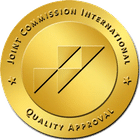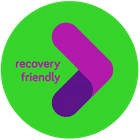“Any fool can know. The point is to understand.”
“A clever person solves a problem. A wise person avoids it.”
― Albert Einstein
It’s very easy to say alcoholism and drug addiction is a disease not a moral issue if you have personal experience battling with it. It’s equally easy to say it is not a disease but a moral issue if you have no experience yet have seen others repeatedly fail at what you have had no problem with.
A research article from the “Journal of Addiction Research & Therapy” identifies the basis of each argument. It writes, “Scholars have long attempted to explain the factors that lead to alcoholism. Indeed, various attempts to characterize alcoholism have been made using a variety of models, including the moral model, the public health model, the temperance model, the disease model, the harm reduction model, the social education model, and the neurobiological model.”
The Moral Model and Disease Model
When you simplify this list of models, what can be seen is all of these additional models are subsects of two: the moral model and the disease model. We are back to “Choice v.s. Disease”. The argument that goes nowhere! The social education and temperance models fall under the moral model. The disease model is the parent to public health, neurobiological and harm reduction models. The article goes into great depth into the history and distinguishment of both but may have left room for common ground.
In 2016, the sitting Suregen General held a conference that has taken a stance and backed a model, “US Surgeon General Vivek Murthy wants Americans to see addiction as a brain disorder instead of a moral failing.” This is just the icing on the cake of the medical, psychological, and psychiatric communities all taking the same position. “But one important change is Murthy’s explicit statement that addiction should be seen as a medical condition.” The moral model implies that a person who is addicted to alcohol and/or drugs has a character flaw. It “classifies a drunkard as morally weak.”
Under the auspices of this model, alcoholism is rooted in sin. A person who chronically consumes alcohol does so by choice and can stop drinking at any time. The moral model thus depicts alcoholism as a defect of the morally corrupt.
Addiction and Alcoholism as a Disease
During the early 1960s, Dr. Emil Jellinek introduced the disease concept of addiction. At that point, alcoholism began its transition from being perceived solely as a moral problem to one related to physical and psychological health. With this insight into etiology and psychology, the scientific community began to embrace the idea that alcoholism has the pathology of a disease.
Is it Widely Accepted?
Although the hegemony of Jellinek’s disease model is widely accepted within the therapeutic community, the notion of individuals having a character defect continues to be entrenched in the public’s perception of addiction. With the paradigm shift from a moral framework to a treatment modality comes the misconception that the disease model minimizes personal responsibility for people’s drinking habits. However, the disease model aims to identify the pathology of alcoholism and establish treatment practices. Therefore, it is important to explore the non-academic sources that contribute to the moral judgments attached to alcoholism.
Choice vs. Disease?
Arguing a position as to which model seems frivolous. If doctors, scientists, psychologists, and psychiatrists are not convincing enough, then logic isn’t going to work. So why not meet in the middle and try wisdom. This sentence of the above article presents a door: “With the paradigm shift from a moral framework to a treatment modality comes the misconception that the disease model minimizes personal responsibility for people’s drinking habits.” So what addicts do while under the influence can often be immoral and extremely harmful. The disease model does not denounce this. And those who say “choice” know it. We are getting lost in the genesis of the behavior as opposed to the action itself.
Addressing it not from the standpoint of “Is it right or wrong?” but more, “It just is” and what turn attention to what can be done about seems to make a lot more sense. There is a difference between fault and responsibility. The disease model shifts from faulting the addict to placing the responsibility in their hands to change. If the “disease model” side validated the point that their argument is about “cause” rather than “effect”, and the “choice side” compassionately conceded to the intense realism that “it just is”, we would have a starting point devoid of judgment and the need to be right sharing a common goal: Change.
- Cymbalta Withdrawal: Causes, Symptoms, And Management - October 12, 2023
- Boredom in Recovery: 5 Tips to Avoid Relapse - October 6, 2023
- Overconfidence and Rehab: Avoiding Relapse - October 4, 2023




